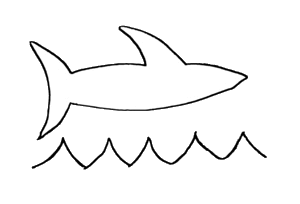I "finalized" version 1.2 of ImageMapster, which includes a few major new features and a slew of other improvements. Of course, even after waiting two months to officially call it 1.2, I found a couple bugs within hours of releasing it. Such is life. So we're already at 1.2.2 which corrects a couple minor issues on the initial release.
I also finished a significant update to the project web site which I hope will make it a lot easier for new users to understand the plugin, its features, and getting started.
The new version includes many new features (most of which have been in the beta for a month or two):
- Automatically scale image map data to match the effective image size using
scaleMapoption resizemethod will resize an existing, bound imagemap dynamically with visual effectsincludeKeyscan be used to bindstaticStateareas to active areas and mouse events will affect active areas. That is, if area A isstaticState=falseand area B is normal, usingincludeKeys='B'for the area A data will mean that mousing over of clicking area A will cause action on area B.
- Performance and stability improvements on startup with complex or slow-loading images across all browsers (some edge cases, especially with certain Firefoxes and IE7, didn't bind consistently).
- ... and lots of other little improvements/tweaks/fixes. See change log on github for everything.
